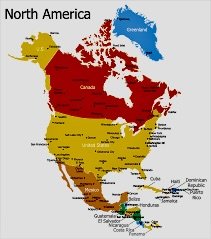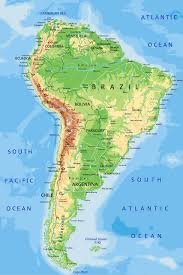It seems some aquarists have the misconception that South and Central American cichlids belong together in the same tanks.
But the reality is that nothing could be farther from the truth, because the water parameters in Central and South America are quite different.
The average pH of water in the Amazon is 6.7, and hardness in Amazonia is low.
In some rivers in Colombia pH hovers between 4 and 5.
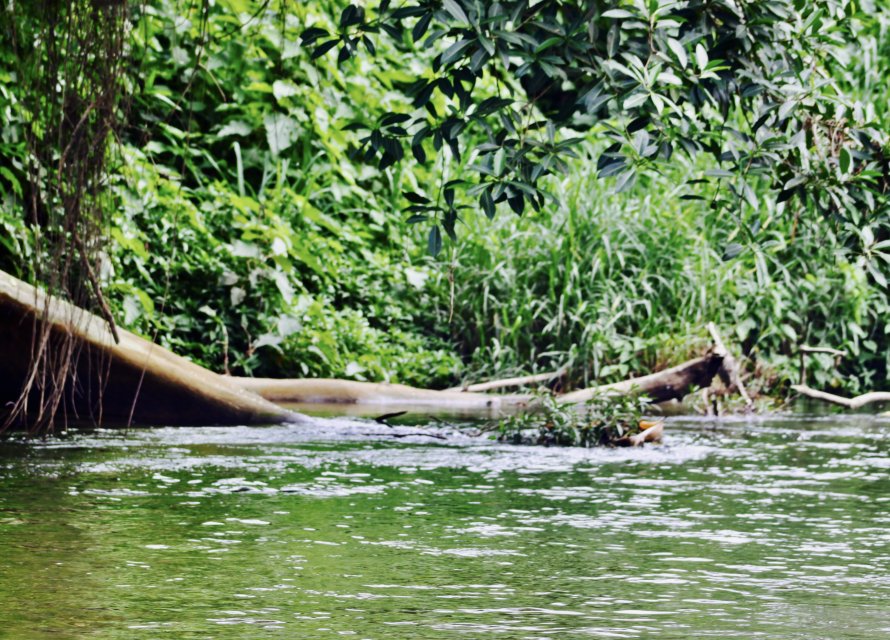
Above a tributary of the Rio Magdalena, near the Caribean coast close to Santa Marta Colombia.
Yet here in Panama the average pH is above 8, and water is quite mineral rich (harder).
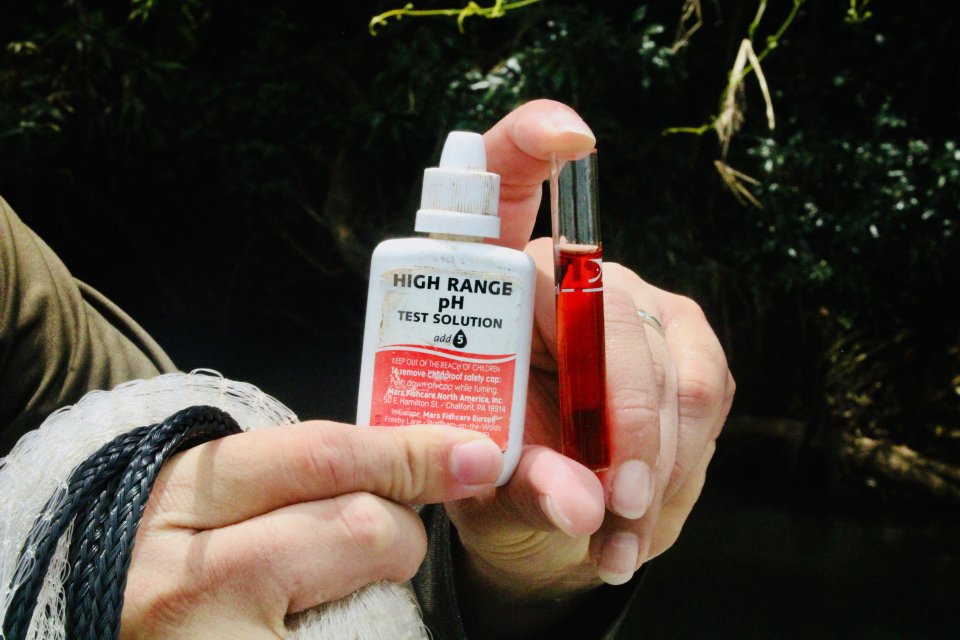
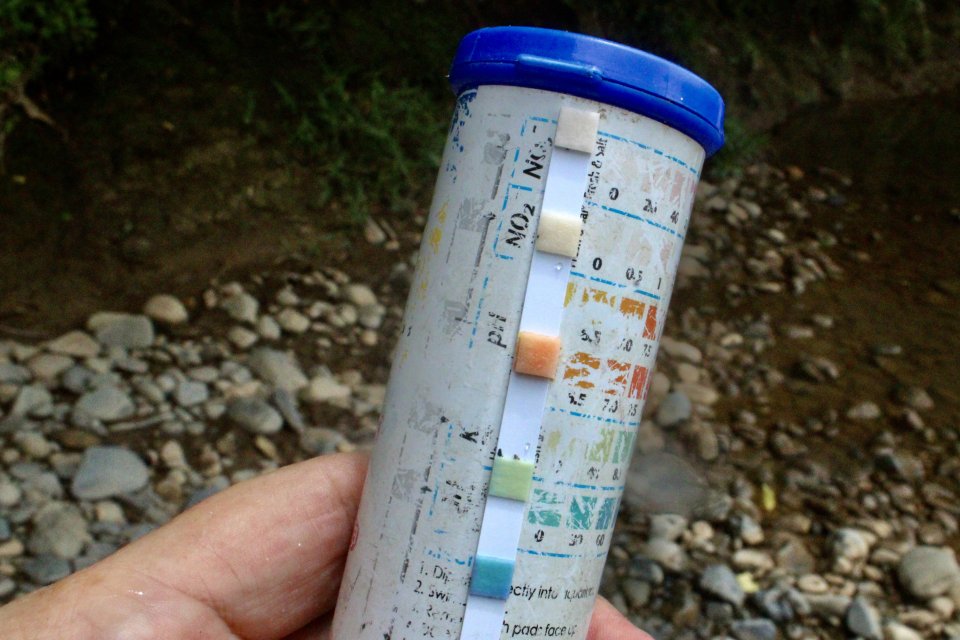
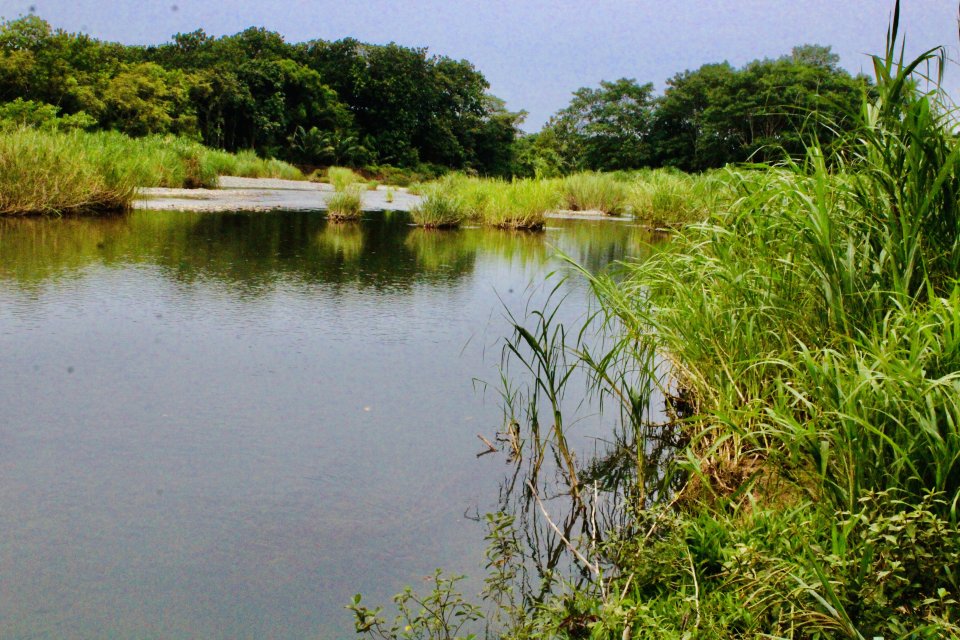
Above water parameters in the Rio Mamoni in Panama.
To me, this suggests that fishes from these locations do not belowns together
Cichlids such as Thoriichthys (The Fire Mouth group), are hadly ever found in waters with a pH below 7.5,.
And in most case the waters wesst of the Andes in S America, where waters are slightly akaaline, pH average @ 7.
ANd the further one travels south in S Amerrica, southern Brazil, Uruguay, and Agrentine pH gets more neutral .
The only parameter I find in common, is that nitrate in allthese waters, is undetectable.
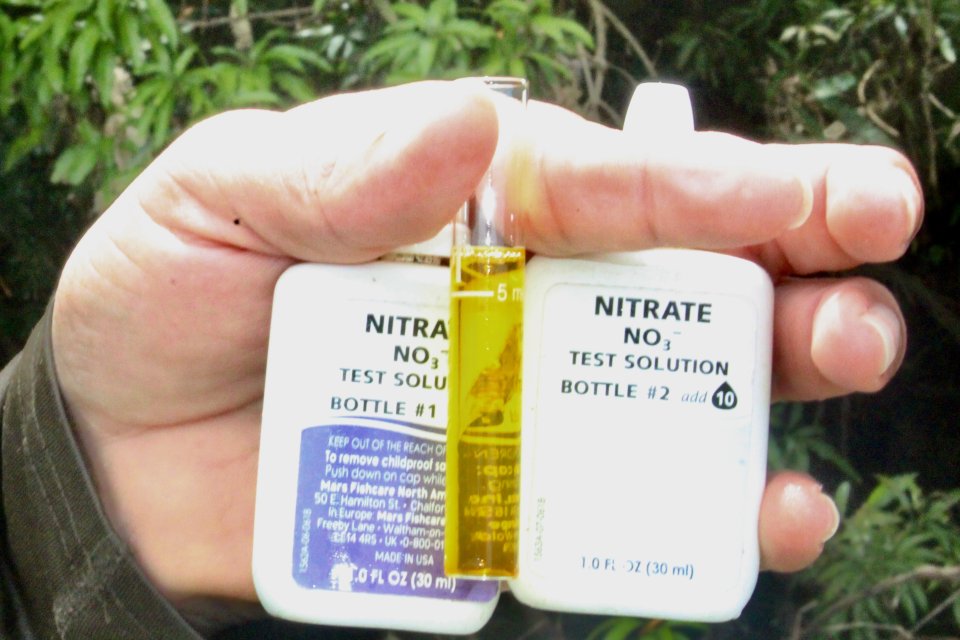
One of the consequensesnof keeping these opposite continental species together, if parameters favor one pH, or hardness or the other, is one species will get shortchanged healthwise.
For example
If a South America oscar, is forced to live in hard, high pH water with Parachromis, that oscar with time, may end up with HITH, because it has little resistance to infection common in hard, high pH water that soft water low pH cichlids has evolved to live in.
Especially if nitrates are allowed to elevate above natural levels, because certain bacteria are most infective, when nitrate are elevated
But the reality is that nothing could be farther from the truth, because the water parameters in Central and South America are quite different.
The average pH of water in the Amazon is 6.7, and hardness in Amazonia is low.
In some rivers in Colombia pH hovers between 4 and 5.

Above a tributary of the Rio Magdalena, near the Caribean coast close to Santa Marta Colombia.
Yet here in Panama the average pH is above 8, and water is quite mineral rich (harder).



Above water parameters in the Rio Mamoni in Panama.
To me, this suggests that fishes from these locations do not belowns together
Cichlids such as Thoriichthys (The Fire Mouth group), are hadly ever found in waters with a pH below 7.5,.
And in most case the waters wesst of the Andes in S America, where waters are slightly akaaline, pH average @ 7.
ANd the further one travels south in S Amerrica, southern Brazil, Uruguay, and Agrentine pH gets more neutral .
The only parameter I find in common, is that nitrate in allthese waters, is undetectable.

One of the consequensesnof keeping these opposite continental species together, if parameters favor one pH, or hardness or the other, is one species will get shortchanged healthwise.
For example
If a South America oscar, is forced to live in hard, high pH water with Parachromis, that oscar with time, may end up with HITH, because it has little resistance to infection common in hard, high pH water that soft water low pH cichlids has evolved to live in.
Especially if nitrates are allowed to elevate above natural levels, because certain bacteria are most infective, when nitrate are elevated



